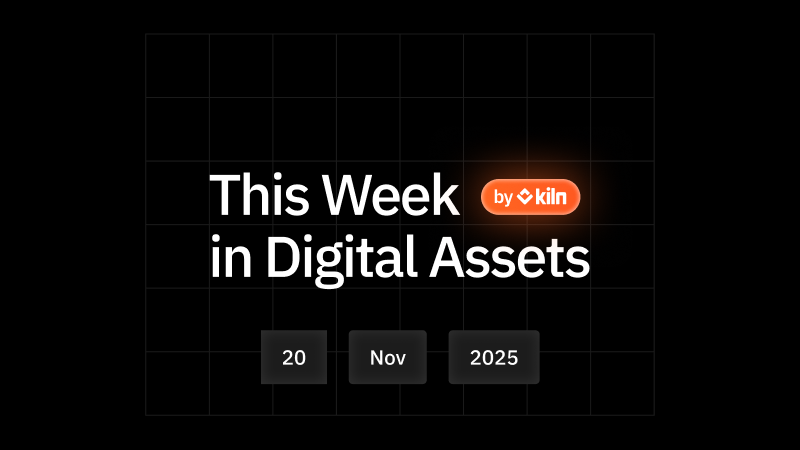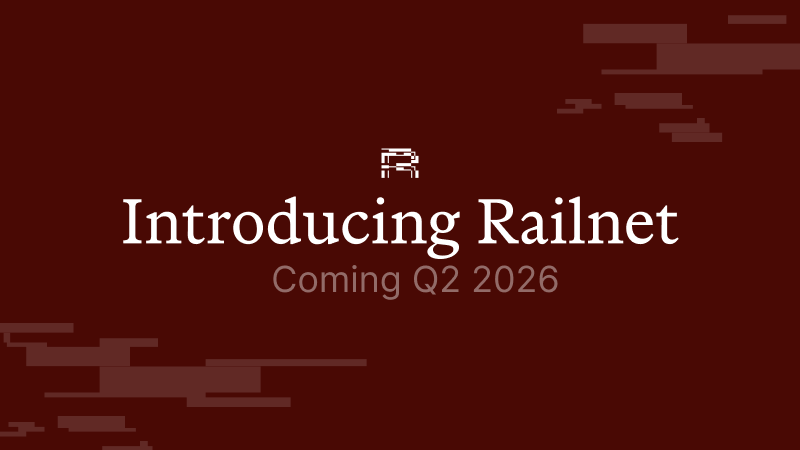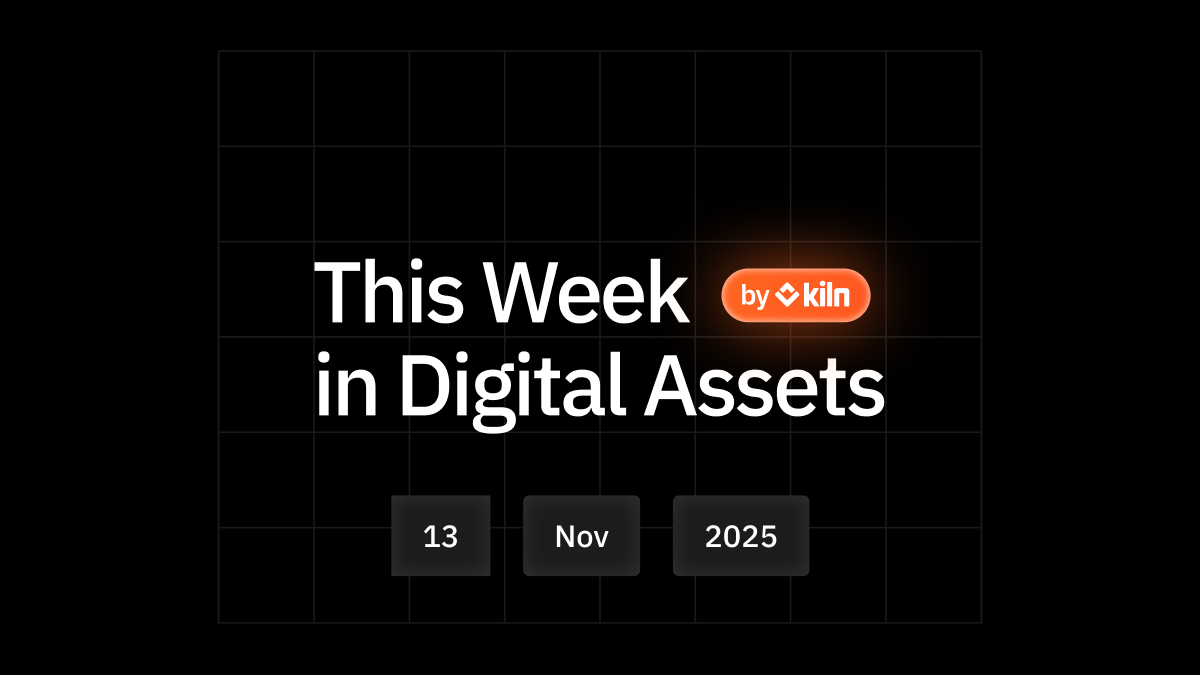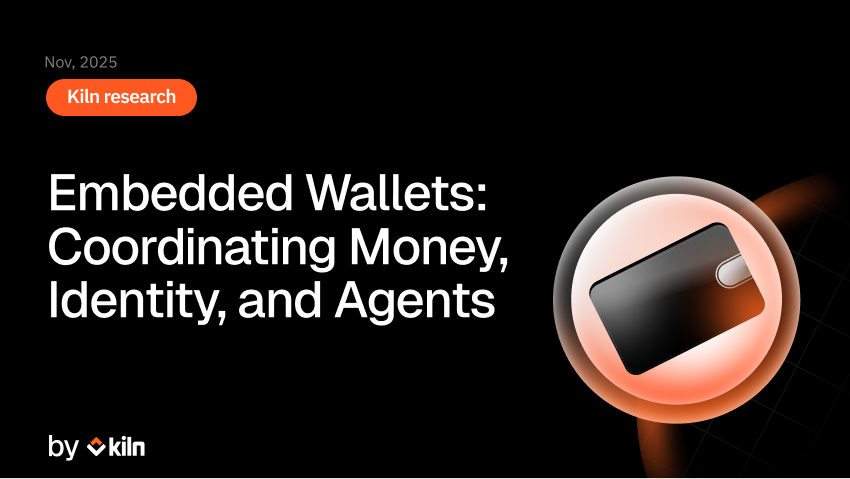Edit: the EIP-7251 has evolved since this article was initially written. It was updated on the 24th of February 2025 to reflect the final changes in Pectra.
The Ethereum network is preparing for its upcoming upgrade, Pectra, set for Q1 2025. This upgrade merges two previously planned enhancements—Prague for the execution layer and Electra for the consensus layer. By combining these specifications, Pectra aims to deliver a range of ambitious improvements, particularly in the staking landscape, including:
- EIP-7251: Increase the
MAX_EFFECTIVE_BALANCE, - EIP-7002: Execution layer triggerable withdrawals,
- EIP-6110: Supply validator deposits onchain.
EIP-7251: Max Effective Balance
This EIP is the biggest change on the staking side since the Merge back in September 2022. It was presented by Mike Neuder during one of our Kiln Rendez-vous at EthCC6 and is now being qualified in Ethereum devnets.
The goal of this EIP is to reduce the number of validators on the network by allowing them to consolidate and have a higher stake balance, so that the consensus layer of Ethereum scales better: fewer validators means fewer attestations, less network traffic and less computing for all nodes on the network. This can be done without impacting the security properties of the protocol as the staked value that secures it is the same. This creates room for more computations required to improve the protocol with future evolutions like single slot finality.
This EIP allows validators to have an effective balance up to 2048 ETH (versus 32 ETH today), by introducing a new type of validator via the withdrawal prefix 0x02 . Validators in this mode will perform the same number of attestations as a validator today (once per epoch, that is every 384 seconds), but because attestation weights proportionally to the effective balance, they will weight up to 64 times more than a validator with 32 ETH (more consensus weight, more consensus rewards). Conversely, their probability of proposing a block will be up to 64 times higher. Overall, this does not change the outcome: 10 independent 32 ETH validators will earn as much as one 320 ETH validator on average.
A side effect of the increase of the effective balance is that skimming is disabled on those validators: their effective balance can grow with accumulated rewards. This allows for compounding, but at a slow rate as the effective balance is incremented in units of 1 ETH (a stake will need to wait for 1 ETH of rewards before seeing its probability of proposing blocks or weight in attestations increase). With today’s issuance at around 2.7%, it means a 0x02 validator with 32 ETH has to wait about 400 days to receive 1 ETH of rewards, then benefit from the compound effect.
A new consolidation request is available to convert a 0x01 validator to 0x02 and then to merge the balances of a source 0x02 validator controlled by the staker onto any 0x02 validator target:
| Consolidation Request | Target 0x00 | Target 0x01 | Target 0x02 |
|---|---|---|---|
| Source 0x00 | ❌ | ❌ | ❌ |
| Source 0x01 | ❌ | ✅ target becomes 0x02 if source == target (0x02upgrade) | ❌ |
| Source 0x02 | ❌ | ❌ | ✅ |
It will be possible to switch an existing 0x01 validator to a 0x2 by sending a consolidation request with both the source and target pointing to the same validator.
These consolidation requests can be sent from the execution layer to a special smart-contract subject to its fee mechanism so that it is protected from DDOS attacks. Consolidation requests are then stored in a queue on the consensus side, upon each block proposal one consolidation will be processed (MAX_CONSOLIDATION_REQUESTS_PER_PAYLOAD). This means it will take multiple days/weeks after the Pectra upgrade to observe a significant reduction in the number of validators on the network, as the maximum throughput will be of around 7,200 consolidations per day.
One concern for stakers and operators was the increase in slashing risk: historically on the network slashing events have been sparse and only concerned a few keys at most at once, which means if you have small individual stakes, a slashing event will most likely only affect one small validator. Now with validators with up to 2048 ETH, an isolated slashing event could impact up to 64x more ETH. To address this point, some changes to the slashing model of ETH are shipped with EIP-7251 to remove this new risk, as the goal is to convince validators to consolidate their stakes.
EIP-7002: Execution-layer triggerable withdrawals
This much-anticipated EIP enables stakers to trigger partial or full withdrawals of their Ethereum validators from the execution layer (i.e with a transaction). Currently, exit requests need to be need to be triggered by the validator operator, or the customer who has been given a “pre-signed exit message” from their validator operator (we dived into this topic in this post). EIP-7002 means this will no longer be required and stakers will be able to withdraw by themselves.
Another change with Pectra is that stakers will not receive rewards on their wallet automatically for 0x02 stakes, as they will not be subject to skimming like 0x01 stakes. This means that stakers will have to trigger (partial) withdrawals to receive their rewards.
Similar to consolidation requests from EIP-7251, withdrawal requests can be sent to a special smart-contract on the execution side, with its own fee mechanism to protect against DDOS. Partial withdrawal requests are then materialized on the consensus side and have to go through a special queue, upon each block 8 (MAX_PENDING_PARTIALS_PER_WITHDRAWALS_SWEEP) of those requests will be processed.
The request will be processed if, once deducted from the validator, the validator’s balance stays above 32 ETH (for example, the maximum partial withdrawal on a validator with 45 ETH balance is 13 ETH).
Exit requests are a special case of partial withdrawal requests with a special value of 0 (FULL_EXIT_REQUEST_AMOUNT), they share the same semantics and queue, except they can be both done against 0x01 and 0x02 validator types.
| Withdrawal Type | Skimming | Partial Withdrawal | Exit via Withdrawal Credentials |
|---|---|---|---|
| 0x00 | ❌ | ❌ | ❌ |
| 0x01 | ✅ > 32 ETH | ❌ | ✅ |
| 0x02 | ✅ > 2048 ETH | ✅ > 32 ETH | ✅ |
EIP-6110: Supply validator deposits on chain
This EIP shortens the delay between the deposit of the validator and its activation on the Beacon chain. Prior to this EIP, the delay to activate the validator was composed of:
- A safety period which was initially required prior to the merge, which takes between 2048 and 4096 slots (between 6.8 hours and up to 13.66 hours),
- The entry queue time which depends on the number of stakes in the entry queue, 8 validators are activated every epoch.
EIP-6110 removes the first requirement down to around 7 epochs, that is about 45 minutes, which would become the minimum time before activation whenever the entry queue is empty.
Conclusion
The Pectra upgrade represents a significant change to Ethereum staking. It introduces a new validator type (0x02) that simplifies staking large amounts on a single validator and offers some auto-compounding benefits without relying on a pool. Additionally, it enhances the user experience by reducing the time between deposit and validator materialization to just 45 minutes.
At Kiln, we are fully committed to embracing this upgrade. We are developing new user flows to navigate these enhanced staking semantics and adapting our infrastructure and monitoring systems to ensure a seamless transition for our customers. With Pectra, we are excited to empower stakers with more efficient and effective tools for their Ethereum journey.
About Kiln
Kiln is the leading digital asset rewards management platform, enabling institutional customers to earn rewards on their digital assets, or to whitelabel earning functionality into their products. Our platform is API-first and enables fully automated validators, rewards, and data and commission management. With over $8.6 billion crypto assets being programmatically staked, Kiln has a particularly strong track record on Ethereum as we run about 4.5% of the network; this includes 50,000+ active validators with 0 slashing events.
About Kiln
Kiln is the leading staking and digital asset rewards management platform, enabling institutional customers to earn rewards on their digital assets, or to whitelabel earning functionality into their products. Kiln runs validators on all major PoS blockchains, with over $11 billion in crypto assets being programmatically staked and running over 5% of the Ethereum network on a multi-client, multi-cloud, and multi-region infrastructure. Kiln also provides a validator-agnostic suite of products for fully automated deployment of validators and reporting and commission management, enabling custodians, wallets, and exchanges to streamline staking or DeFi operations across providers. Kiln is SOC2 Type 2 certified.








.png)









